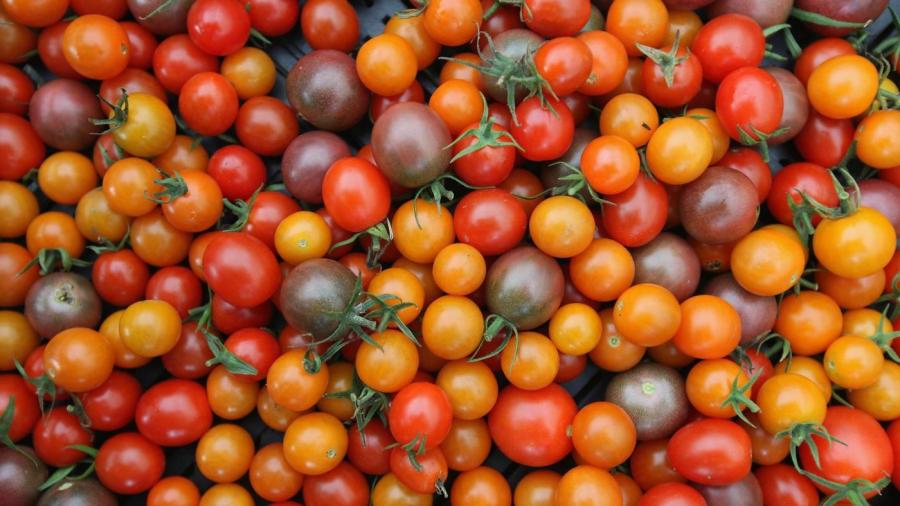What Crops Grow in Greece?

Crops that grow in Greece include tomatoes, wheat, corn, sugar beets, pistachios, oranges, olive oil, peaches, nectarines, barley, apples, cotton, rice, figs, almonds, watermelons and tobacco. Greece was the largest producer of cotton and pistachios in the European Union as of 2010 and was the second-largest producer of rice and olives.
Greece ranked third in the European Union in the production of almonds, watermelons, tomatoes and figs, as of 2010. It ranked fourth in producing tobacco. As of 2014, about 3.8 percent of the country’s gross domestic product comes from agriculture, which employs more than 12 percent of the labor force.
Greece’s agricultural infrastructure has improved as a result of joining the European Union. Organic farming increased by more than 800 percent between 2000 and 2007. However, the role of agriculture in the GDP is declining overall; in 2000, it accounted for 9 percent of GDP. In the 1950s, agriculture accounted for one-fourth of GDP. As of 2014, agricultural products constitute one-third of total exports. The government subsidizes agriculture and exempts agricultural income from most taxes.
Agriculture in Greece is limited by several natural and man-made factors, including droughts and poor soil, lack of fertilizers, soil erosion and inadequate financial investment. Only about 30 percent of Greek land can be farmed.





